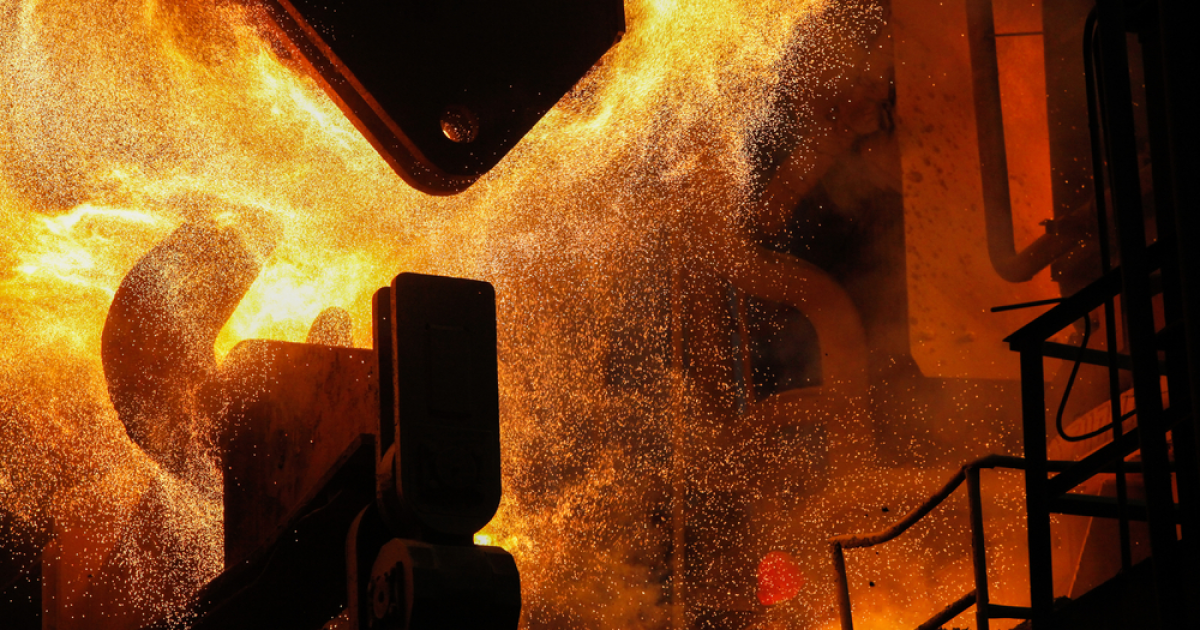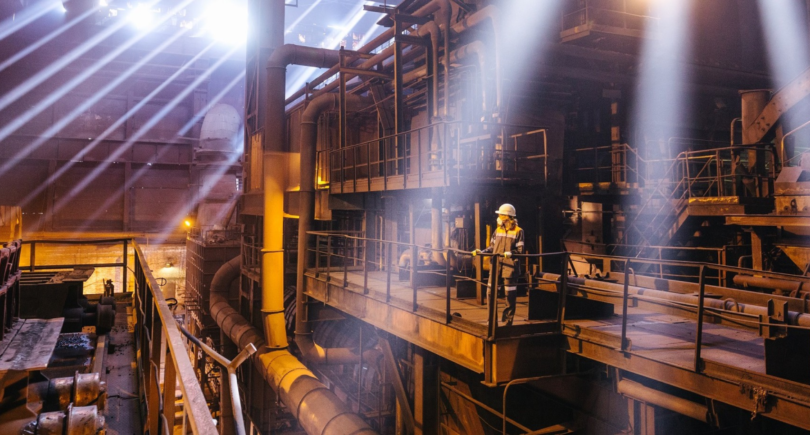
The EAF will replace the blast furnace at the company's Kurasiki plant
Japanese steelmaker JFE Steel intends to build a new large-scale electric arc furnace (EAF) to replace blast furnace No. 2 at its Kurashiki plant in the west of the country. This was announced by the company’s president Yoshihisa Kitano, Reuters reports.
According to him, JFE is considering the construction of an electric arc furnace that will be able to produce 2 million tons of high-quality steel per year around 2027, when BF No. 2 is scheduled to be reconstructed.
The construction of the EAF will reduce carbon emissions by 2.6 million tons per year compared to the current level of blast furnace emissions.
«We are thinking of building one of the world’s largest electric steel melting furnaces to produce high-quality steel that will be used to produce automotive and electrical steel sheets,» Kitano said.
JFE also plans to import direct reduction iron products made using natural gas and carbon capture storage (CCS) from the UAE.
«Using low-carbon materials, we want to implement the world’s first large-scale supply system for environmentally friendly, high-quality steel comparable to the blast furnace method,» says Kitano.
In July, JFE signed a memorandum of understanding with Japanese trading house Itochu and Emirates Steel Arkan, the largest steel producer in the UAE, to create a DRI and HBI supply chain.
According to Kitano, the company is also working on developing new, environmentally friendly methods of steelmaking in blast furnaces using hydrogen and methanation. However, the company’s president noted that the use of EAF is a realistic and quick solution to reduce emissions during the transition period.
JFE, a unit of JFE Holdings, intends to reduce its carbon emissions by 30% by 2030 compared to 2013 levels.
As GMK Center reported earlier, JFE Steel from September 16 stopped blast furnace production at the Keihin plant, which is part of the East Japan Works steel complex. The company closed the last operating blast furnace at the enterprise. The move is due to a reduction in domestic demand for steel and increased competition from Chinese steel producers.




